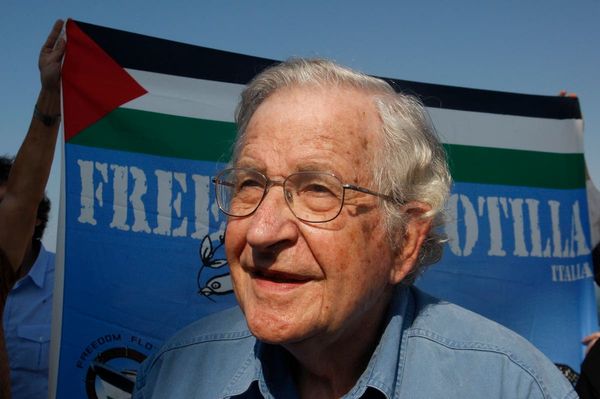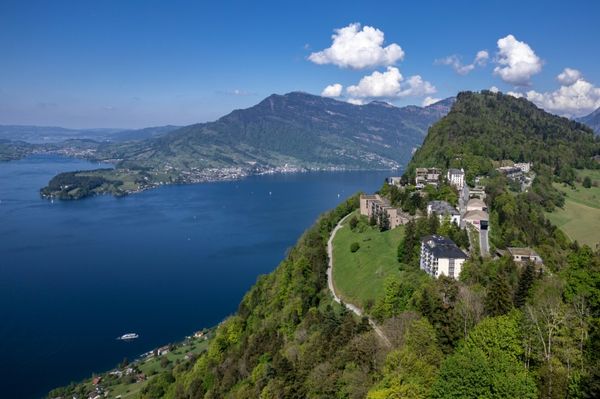
Hajj is the largest annual religious gathering of Muslims. It takes place in the Islamic month of Dhul-Hijja in and around the holy city of Mecca in Saudi Arabia.
This year, Hajj will start on Monday, June 26, following the sighting of the moon in Saudi Arabia and Eid al-Adha will be celebrated three days later, on June 28.
The Hajj is one of the five pillars of Islam and a once-in-a-lifetime duty for all able-bodied Muslims to perform if they can afford it. It is meant to cleanse followers of sin and bring them closer to God.
Hajj starts on June 26
Hajj falls on the eighth day of Dhul-Hijja, the 12th and final month in the Islamic lunar calendar which shifts 10-12 days earlier each year.
Mecca is known for its hot desert climate with temperatures regularly exceeding 42C (107F) in the summer months. It will be at least another seven years until the average high temperatures will be below 38C (100F). Here is when Hajj will take place over the next 33 years.

How is Hajj performed?
Muslim pilgrims from all over the world arrive in Mecca on the seventh day of Dhul-Hijja – falling on June 25 this year – and set their intention to perform Hajj.
They are required to enter Mecca in the purified state of ihram. The state of ihram is a symbol of humility and spiritual focus and serves to unify pilgrims from different backgrounds.
For men, this means being clothed in seamless white cloth only, with one piece wrapped around the waist and another draped over the left shoulder, with the right shoulder bare at all times.
Women can wear any plain clothing of their choice but should observe the rules of hijab and cannot cover their faces.
The infographic below takes a look at the process of Hajj at a glance.
The Hajj re-enacts the Prophet Muhammad’s farewell pilgrimage in 632 AD, in which he traced the footsteps of the prophets Abraham and Ishmael through the desert.
Central to the Muslim pilgrimage is the Grand Mosque of Mecca which houses the Kaaba, a cube-shaped structure elegantly draped in black silk with verses of the Quran woven into it with gold and silver threads.
Day 1: On the first day of Hajj, the pilgrims perform tawaf, which refers to walking around the Kaaba seven times, intended to bring the pilgrim spiritually closer to God.
The ritual of sai follows this – walking or running seven times between the two hills of Safa and Marwa to commemorate the actions of Hajar, the wife of Prophet Ibrahim, who walked between the hills of Safa and Marwa seven times in search of water for her son Ismail.
From here, the pilgrims are transported to the tent city of Mina, roughly 8 kilometres (4.9 miles) from Mecca, where they pray for the night.
Day 2: On the second day, the pilgrims head towards Mount Arafat, where they pray for their sins to be forgiven. They are then taken to the plains of Muzdalifa, spending another night in the open air for worship.
Day 3: On the third day, the pilgrims return to Mina for the stoning of the Jamarat – the three stone structures that represent the devil. This is followed by sacrificing an animal.
For other Muslims around the world, this is the first day of Eid al-Adha. Following the sacrifice, the pilgrims proceed to shave or trim their hair and change from the ihram.
Days 4-6: In the following days, the pilgrims perform tawaf and sai again in Mecca and then go back to stone the three Jamarats.
Before leaving Mecca, pilgrims must do one last tawaf to complete their Hajj.
For millions unable to make the pilgrimage this year, a digital experience may offer a glimpse of what it is like to worship at Islam’s holiest site. In 2015, Al Jazeera produced a 360-degree VR experience that takes viewers on a tour to see the major landmarks that millions of Muslims visit during the Hajj.
Experience the journey by moving your phone around or drag the video around to see what Mecca looks like from all angles.
How many people perform Hajj?
Hajj is the largest Muslim gathering in the world. Prior to the COVID-19 pandemic, on average two million people entered Mecca for the pilgrimage each year.
In 2022, amid COVID restrictions, nearly one million pilgrims performed Hajj.
This year will be the first time since the pandemic that numbers will resume to the two-million mark.
Muslim women for the first time will be allowed to perform Hajj on their own from around the world. The majority of the pilgrims are from Asian countries, according to the Kingdom of Saudi Arabia’s statistics bureau, followed by pilgrims from Arab nations.
When is Eid al-Adha?
Eid al-Adha, or the Feast of the Sacrifice, is celebrated on the third day of Hajj – falling on June 28 this year – and lasts for three days. It is the second major Muslim festival in the Islamic calendar after Eid al-Fitr, which marks the end of Ramadan, the month of fasting.
On the first day of Eid al-Adha, Muslims who can afford are required to sacrifice an animal and distribute a set percentage of its meat to those less fortunate. This is done in symbolic remembrance of the Prophet Ibrahim, who, in Islamic tradition it is believed, was asked to sacrifice his son Ismail by God.







